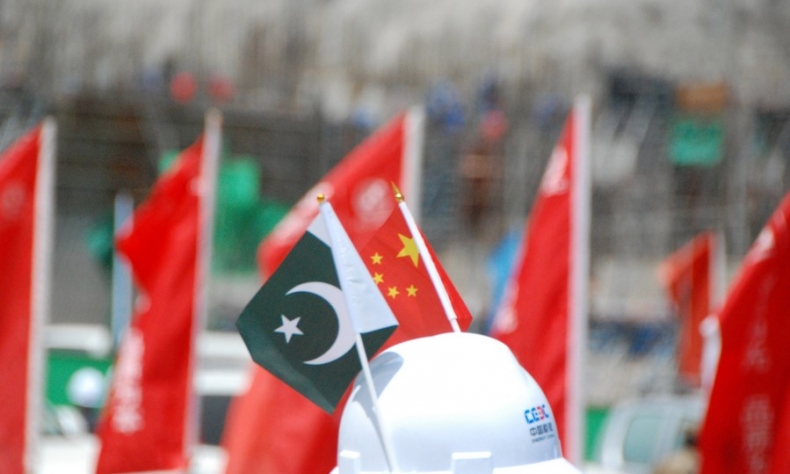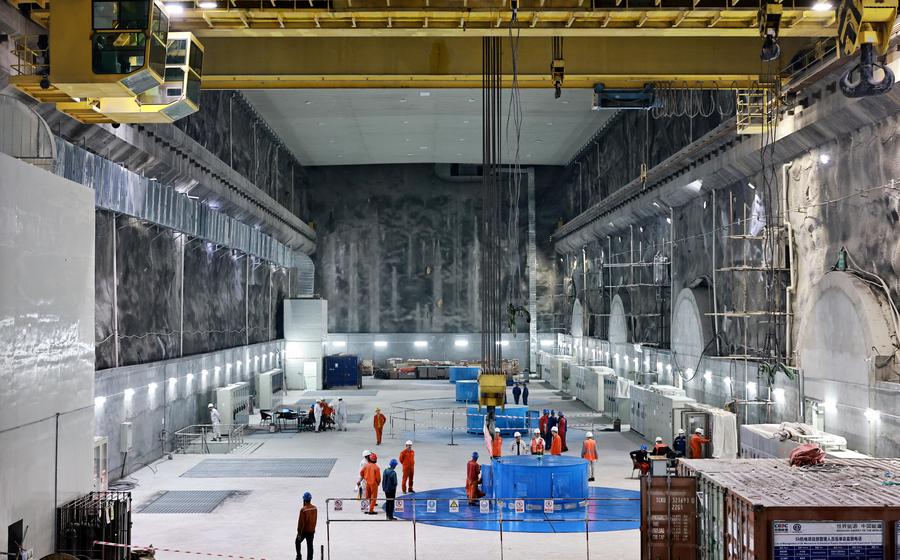U.S. Narrative Cannot Undermine Pakistan-China Partnership

The U.S. would benefit from recognizing and respecting the sovereign choices of nations like Pakistan, rather than trying to force a binary choice.
Donald Lu, the U.S. assistant secretary of state for South and Central Asia, recently made headlines with a bold claim: “China is the past in terms of investments in Pakistan; we are the future.” This statement, delivered during a congressional hearing, reflects a concerted effort by some officials in the United States to downplay the enduring and robust nature of the Pakistan-China relationship while overstating the influence and future role of the U.S. in the region. However, the reality is more nuanced and complex than this false narrative suggests.
Lu’s remarks are part of a broader U.S. narrative that seeks to portray Chinese investments as a strategic ploy. According to Lu, these investments do not benefit local communities and are primarily designed to extract resources without generating sustainable economic development. This depiction is misleading and overlooks the multifaceted nature of the China-Pakistan partnership, which is deeply rooted in history and mutual respect.
In fact, China’s investment in Pakistan is far from a relic of the past. The China-Pakistan Economic Corridor (CPEC), a key component of the Belt and Road Initiative (BRI), continues to be a cornerstone of bilateral cooperation. According to data from the State Bank of Pakistan, China’s cumulative net foreign direct investment (FDI) in Pakistan exceeded $7.5 billion from 2011 to April 2024. This figure includes substantial contributions to energy, infrastructure and industrial projects, highlighting China’s commitment to Pakistan’s long-term development.
The total U.S. net FDI in Pakistan was around $1.9 billion over the same period, a figure that pales in comparison to China’s investment scale and diversity. Furthermore, U.S. investments often come with political conditions and expectations, which can be seen as efforts to exert undue influence rather than foster genuine economic partnerships.
The U.S.’s narrative fails to recognize the comprehensive nature of the bilateral relationship between China and Pakistan, which not only involves economic cooperation but also cultural exchanges. Meanwhile, such an “all-weather” partnership is built on a foundation of mutual respect and a shared goal of sustainable development.
Moreover, the growing global trend of adopting the Chinese yuan in international trade reflects a broader shift in economic influence, signaling a move away from excessive reliance on the U.S. dollar. This trend underscores China’s rising economic stature and its capacity to engage in global markets without the coercive tactics often associated with U.S. financial aid and investment strategies.

The U.S.’s approach to investing in Pakistan has frequently been tied to broader geopolitical strategies. This is evident in initiatives that emphasize strengthening democracy, combating terrorism and promoting economic reforms – areas where the U.S. often seeks to align Pakistan more closely with its own strategic interests. However, these initiatives are generally accompanied by a perception of interference in Pakistan’s domestic affairs, which can undermine local support and goodwill.
Pakistan’s cooperation with China offers it a stable and reliable partnership, particularly in fighting terrorism and promoting regional stability. The CPEC initiative, with its ambitious infrastructure projects, is set to transform Pakistan’s economy and enhance its connectivity with the broader Eurasian region.
Beyond the economic dimension, the cultural and social ties between Pakistan and China are also significant. Growing numbers of students, professionals and cultural delegations have taken part in exchanges, fostering deeper understanding and connections between the two sides. These people-to-people exchanges help solidify the relationship, making it resilient to external pressures and false narratives.
In conclusion, the U.S.’s attempts to downplay the significance of the Pakistan-China relationship and to position itself as the future of investment in Pakistan overlook the deep and enduring ties between Islamabad and Beijing. For a more stable and prosperous regional future, it is essential for all parties, including the U.S., to engage in a spirit of cooperation rather than competition. The path forward lies in recognizing the reality that partnerships are based on mutual respect and shared benefits.
The U.S. would benefit from recognizing and respecting the sovereign choices of nations like Pakistan, rather than trying to force a binary choice. This recognition could pave the way for more constructive and mutually beneficial engagements, not just in Pakistan but across the region. As global dynamics evolve, a balanced approach that appreciates the value of diverse partnerships will be crucial for fostering regional stability and prosperity.
The author is an anthropologist, and has been living in Beijing since 1993.
 Facebook
Facebook
 Twitter
Twitter
 Linkedin
Linkedin
 Google +
Google +










